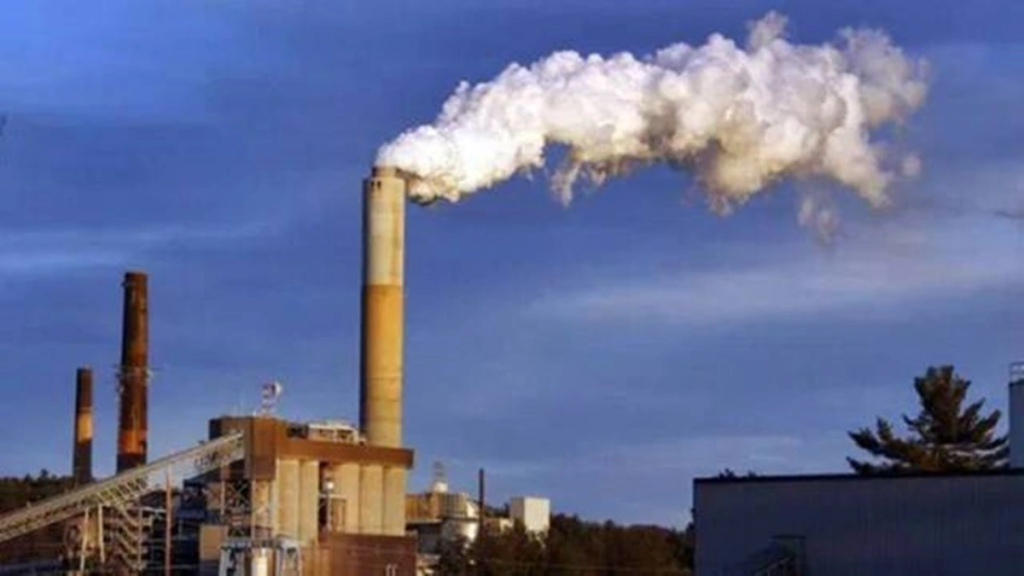The Financial Express
By Amar Patnaik
The Energy Conservation (Amendment) Bill 2022, recently passed by Parliament, provides the legal framework for a domestic carbon market with the objective of incentivising actions for emission-reduction leading to increased investments in clean energy and energy efficiency areas by the private sector, including residences, commercial buildings, industrial spaces, etc. The Act creates agencies for issuing carbon credit certificates domestically while banning firms from exporting their carbon credits outside the country. Trading in carbon internationally was formalised by the Kyoto Protocol. The Act aims to strengthen India’s carbon reduction promises under the Paris Agreement, COP 26 and COP 27.
In 2005, the EU launched the world’s first international Emissions trading systems (ETS), a form of compliance carbon market mechanism, operating on a “cap-and-trade” principle as opposed to a “command-and-control” institutional mechanism. It is achieved through issue of permits/allowances for emissions/pollution adding up to a maximum/capped amount which is progressively decreased year by year. Polluters exceeding their permitted limits can buy permits from others who have permits available for sale. Data from the International Carbon Action Partnership (ICAP) reveals that there are 25 well-functioning ETSs currently in force in countries like the US, Canada, Mexico, the UK, EU, Japan, etc.
Seen against this, the command-and-control mechanism thrusts a cap from top (the government or pollution control agencies) uniformly on all industries, which has proven to be unsuccessful in most geographies because of inability of legacy industries to quickly generate climate finance for the green transition.
Also read: Predictable, but stable
In September 2019, Surat in Gujarat implemented a pilot emissions trading scheme (ETS) for particulate matter pollution. The pilot led to a reduction of 24% in particulate matter pollution for industries that participated. Ahmedabad and Ludhiana are aiming to follow suit.
Success in net zero efforts will largely lie in institutionalising carbon markets not only in government and businesses, but also with wider community coming together into community-based organisations (CBOs) or self-help groups (SHGs) and participating in the voluntary carbon market framework through better adoption of the 3Rs and reduction of methane through better management and processing of village level waste. The Bill currently makes no mention of local communities participating in the carbon credit market. This exclusion discriminates against communities and keeps them out of a mechanism to raise money through carbon credit certificates and spending proceeds from these on their village/community’s development. Canada’s (Alberta) successful “carbon levy” revenues are split between green spending and compensation for those who are disproportionately affected by carbon pricing. British Columbia, on the other hand, has created strong constituencies in favour of carbon pricing where all carbon tax revenues go to households and firms by designing a well-structured carbon tax reform.
Also read: Behind rising manufacturing employment
The Act doesn’t prescribe regulations to address possible market failure situations when one player in the market becomes a carbon hotspot because of its size and capital, but doesn’t itself make effort to transition to a low-carbon production or business model. There needs to be a cap on carbon emissions of individual players within the overall carbon market’s “cap-and-trade” protocol. Carbon trading has to target the goal of reducing the use of fossil fuel by everyone and not keep the wheels of the fossil fuel industry going by allowing carbon buyers, sellers and consultants to devise deceptive means of producing carbon permits for short-term profit.
While the Bill empowers the State Electricity Regulatory Commissions to make regulations for smooth discharge of its functions, the details of how to effectively monitor and regulate remain unknown. There is also no mention of enabling convertibility to other instruments like cash, bonds, equities or other securities should one holder of carbon certificate desire to do so. There is also the need for an effective carbon markets’ monitoring, reporting and verification (MRV) system like the EU MRV, which leaves no room for manipulations and inaccuracy. In addition, India should implement satellite-based monitoring systems and other advanced technologies to track and monitor emissions from various sources. But before that, the government needs to establish standards and regulations with a view to achieving the above. A standard setting organisation like the International Carbon Action Partnership (ICAP) and our own Institute of Chartered Accountants of India (ICAI) or the National Financial Reporting Authority (NAFRA) or some other self-regulating agency could be explored.
India needs to incorporate a combination of policies and regulations, private sector investment, public awareness and community engagement together with targeted subsidies as a part of just climate finance to ensure development of a robust carbon market ETS and ensure that the benefits of carbon markets can be enjoyed by all parts of the country. As per the recent Mapping India’s Energy Policy 2022 report, “renewable energy subsidies in India have fallen by 59% to Rs 6,767 crore after Rs 16,312 crore in FY2017.” More support from the government in the form of subsidies to targeted groups will be needed to scale up solar manufacturing, green hydrogen, and promising de-centralised renewable energy technologies to drive down the unit prices. Australia’s carbon pricing scheme, devised in 2012, was withdrawn in 2014 as it failed to address the economic hardship small businesses and households faced because of increased in electricity costs.
The writer is member, Rajya Sabha, and former bureaucrat
Get live Share Market updates and latest India News and business news on Financial Express. Download Financial Express App for latest business news.

